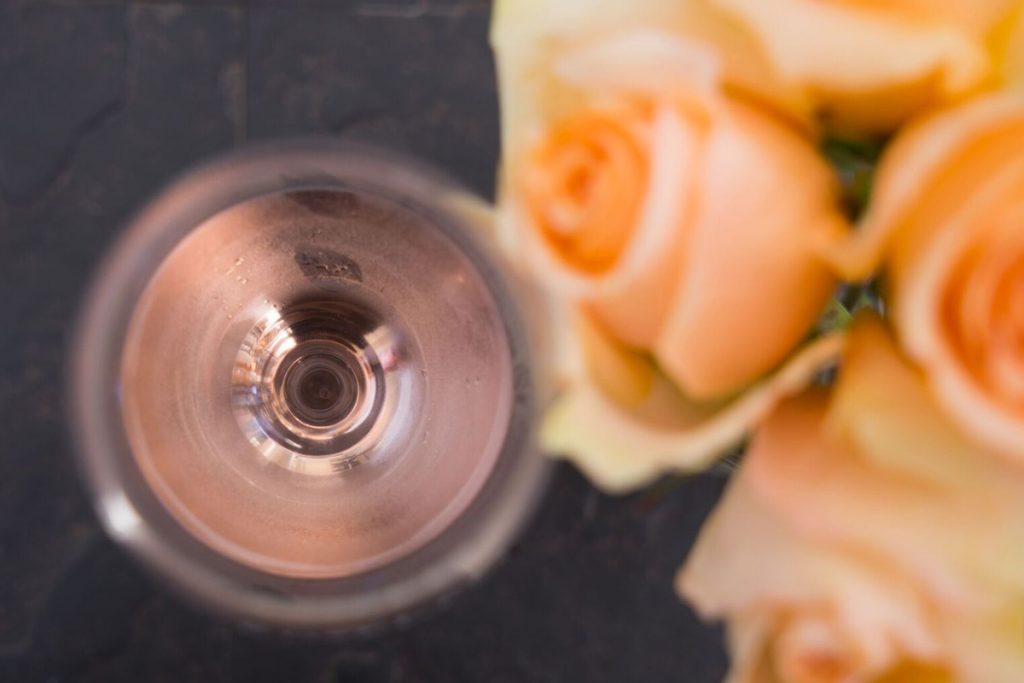Exploring Three Stunning Wineries in Montalcino, Italy
History and hospitality abound in the glorious Tuscan countryside

Right now, NYC hosts Brunello Week (through 20 June). During this debut culinary event, 40 restaurants are showcasing two of Italy’s most beloved styles of wine: Brunello di Montalcino and Rosso di Montalcino. But several weeks before the event in NYC, we explored three wineries in the town of Montalcino, where Brunello is made. There, in the lush Tuscan countryside just a few kilometers from Siena, we met winemakers obsessed with their craft, learned about the region’s history and tasted complex, delicious wines.
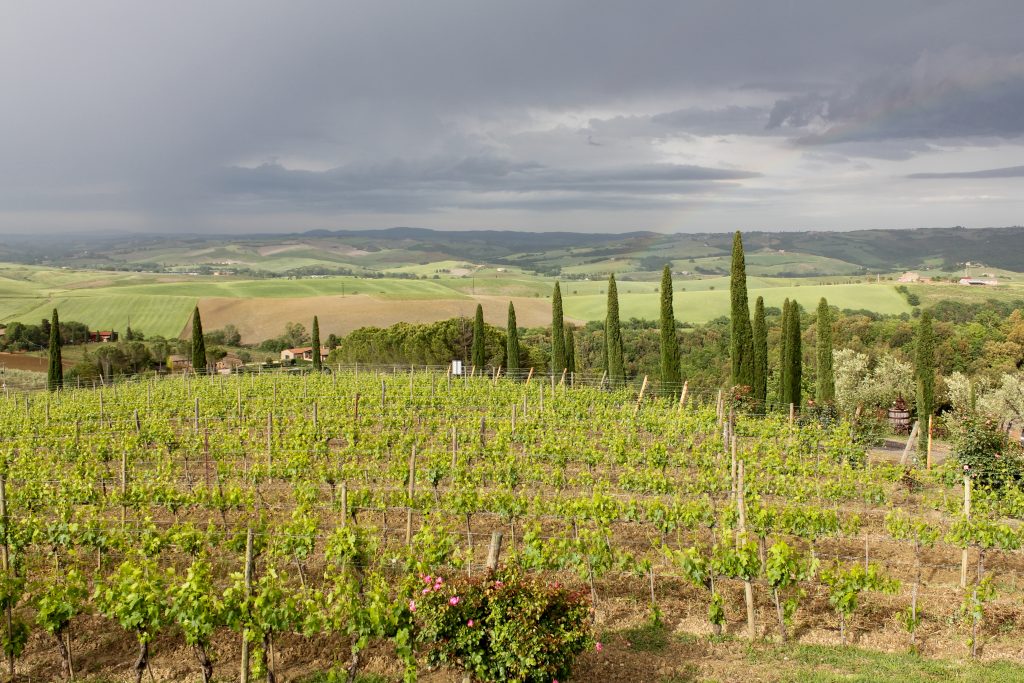
Il Palazzo
A small family business, the story of Il Palazzo winery is one of redemption and returning to your roots. Immediately after WWII, Cosimo Loia abandoned the countryside of Benevento (not far from Naples) in search of opportunities; first in Milan, then in England. He returned to Italy and married his beloved Antonietta before the pair moved to Scotland, where they started a flourishing business in the restaurant industry. Nevertheless, the nostalgia for Italy was strong and eventually Tuscany seemed like the right place to start a new life.
“When he arrived at this farm, he fell in love with the view and in 1982 decided to buy it,” says Elia Loia, the couple’s daughter, who runs the family business with her brother, Angelo. “There were 100-year-old olive trees, but not a vineyard. My father thought he was only making wine for the family, but in the winter of 1984, a big frost caused almost all the olive trees to die.” To help the farmers, the Consortium allowed them to plant new vines to produce Brunello, and the Loia family took the opportunity in a time when around only 30 producers were making Brunello. Today that number is closer to 200.
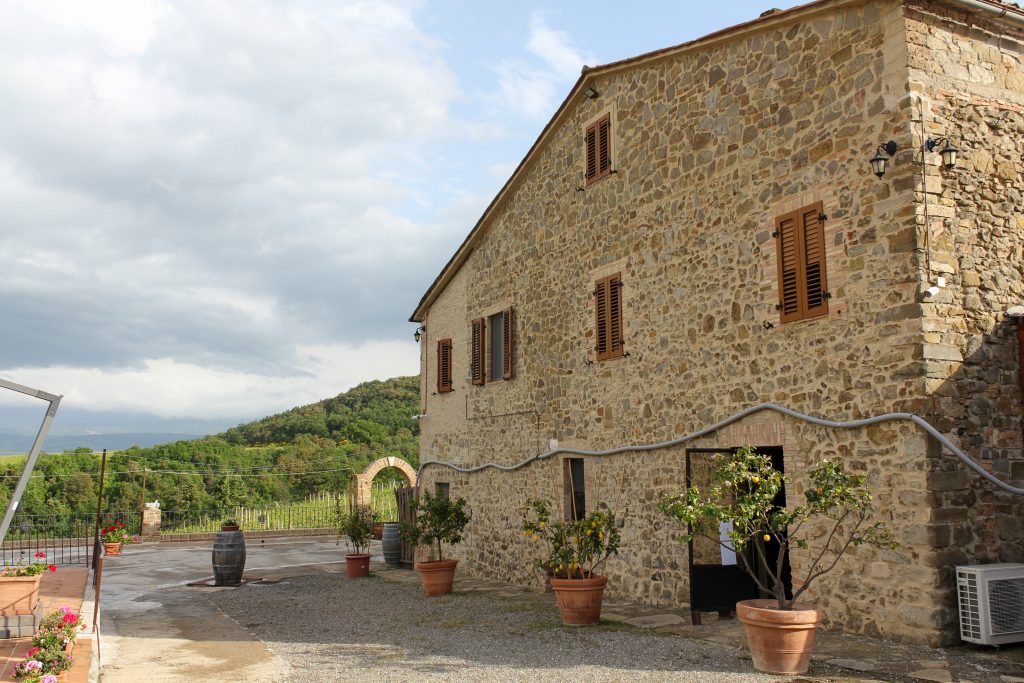
Il Palazzo produces about 13,000 bottles of organic Brunello di Montalcino per year, adding about 2,000 bottles of Brunello Riserva in the best vintages. Everything comes from four hectares of Sangiovese grapes, developed according to a classic process. Before going on the market, a Brunello must spend two years in oak barrels and four to six months in their bottles. It can be kept for 10 or more years before drinking. The 2015 Brunello di Montalcino Cosimo, a decisive and robust wine full of aromas, comes from the grapes grown in their oldest vineyard—the first one planted by Cosimo. It’s not produced every year, and the bottles are few, but this wine is imbued with the winery’s history.
“Today, there is a lot of demand for a ready-to-drink wine,” says Elia, “but [ours] is like the one we used to make. This process involves short pruning, handpicking, careful selection of the grapes and long, unforced fermentation in large wooden barrels.”
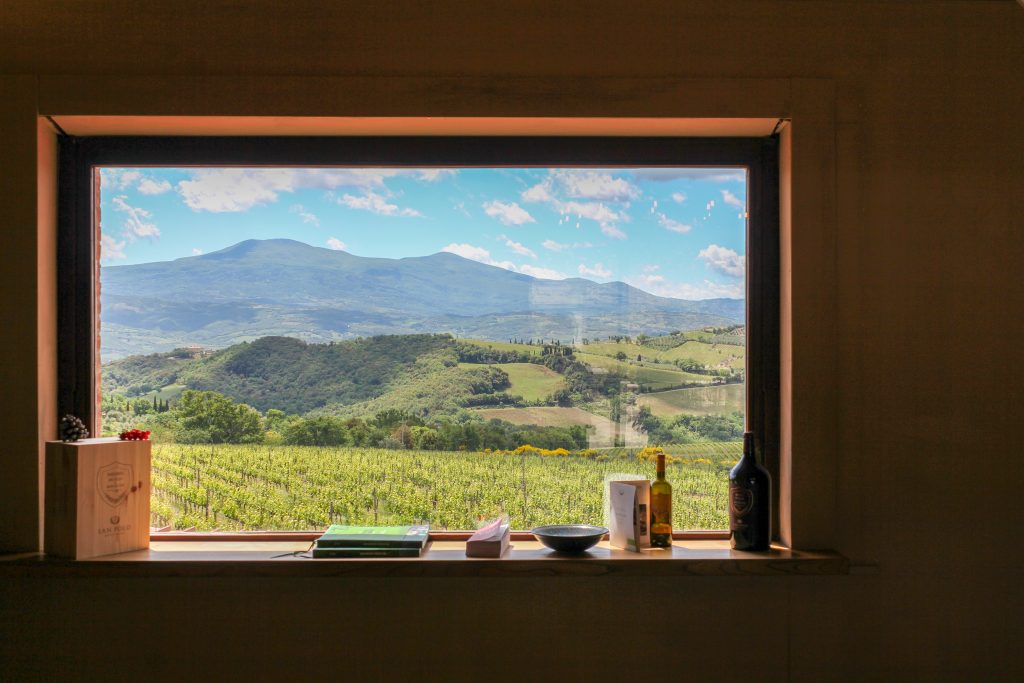
San Polo
Located in southeast Montalcino, San Polo has existed in its current form since the ’90s, when the Allegrini family joined two properties. Since 2017, the estate has been producing only organic wines. With 16 hectares of land used for the cultivation of grapes, the view here is breathtaking; dominated on one side by Mount Amiata and on the other by the medieval profile of Montalcino. At an altitude of about 1,970 feet (470 meters) and exposed to the south, it’s an ideal position for the vineyards, which enjoy wind and sun during the day and cooler temperatures at night.
“Here the keyword is balance,” says Riccardo Fratton, the estate’s winemaker. “That is, wines marked by a good freshness, a good attitude to aging, but which can be enjoyed from their first years.” Of those wines, we tasted a Brunello di Montalcino Podernovi and a Brunello di Montalcino Vignavecchia, two wines with very different characters. The first being romantic and full of energy; the latter boasting a classic flavor.
The estate’s cellar is hypogeal, stretching beneath a hill. It’s almost perfectly hidden except for two old thermal chimneys that move according to the wind and allow the natural cooling of the underground space. Their shape appears almost as a kinetic sculpture that pays tribute to Blaise de Monluc, a French marshal who defended Siena in 1555. (In fact, part of the estate extends on the hill of Montluc.)
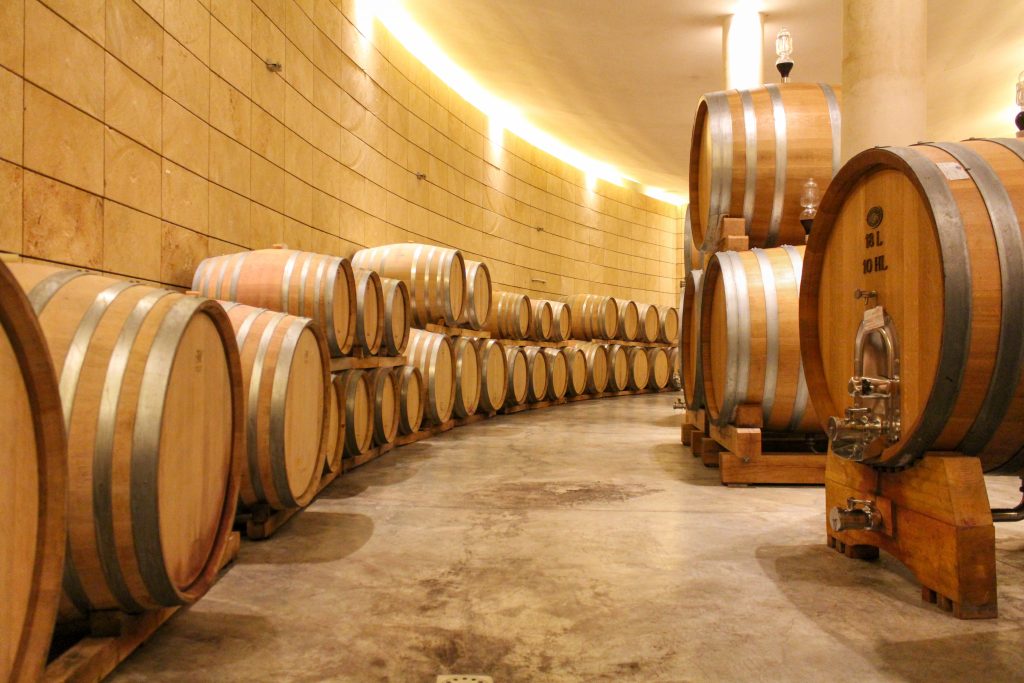
In the cellar (which has a lower than average energy footprint), Fratton pointed out large terracotta jars and amphorae, telling us they are experimenting with a very ancient technique for making wine. “I call this process in the amphora ‘ancestral winemaking,'” he explains. “We took whole bunches of Sangiovese grapes, put them in the amphora, then we crushed them by hand very gently. Then we separated the pomace from the wine, and the wine was put back into the jars. We still don’t know if we will make a new wine out of this experiment, but in my opinion, it is delicious!”

CastelGiocondo
A vast estate of 900 hectares boasting vineyards and woods, CastelGiocondo belongs to the Frescobaldi family, who have been producing wines since 1300. In the 1980s, they became the owners of the CastelGiocondo hill, one of the most historical estates in Montalcino. Located in the southwest of Montalcino, this estate enjoys fresh winds that help its 187 hectares of vineyards to produce fruit that results in structured, elegant and refined wines.
The massive wine production facility allows visitors to see every step of the process. Spontaneous fermentation takes place in large steel tanks, then it is aged in large Slavonian oak barrels, after which it rests in cement vats until it’s bottled. Every material their Brunello comes into contact with contributes to a fundamental phase of maturation. “This estate is like a puzzle,” says Teresa Giannelli, our guide at the winery. “Each piece has its own characteristics. To preserve them at their best, each vat contains grapes from a single vineyard and will be treated differently depending on the location and terroir.”
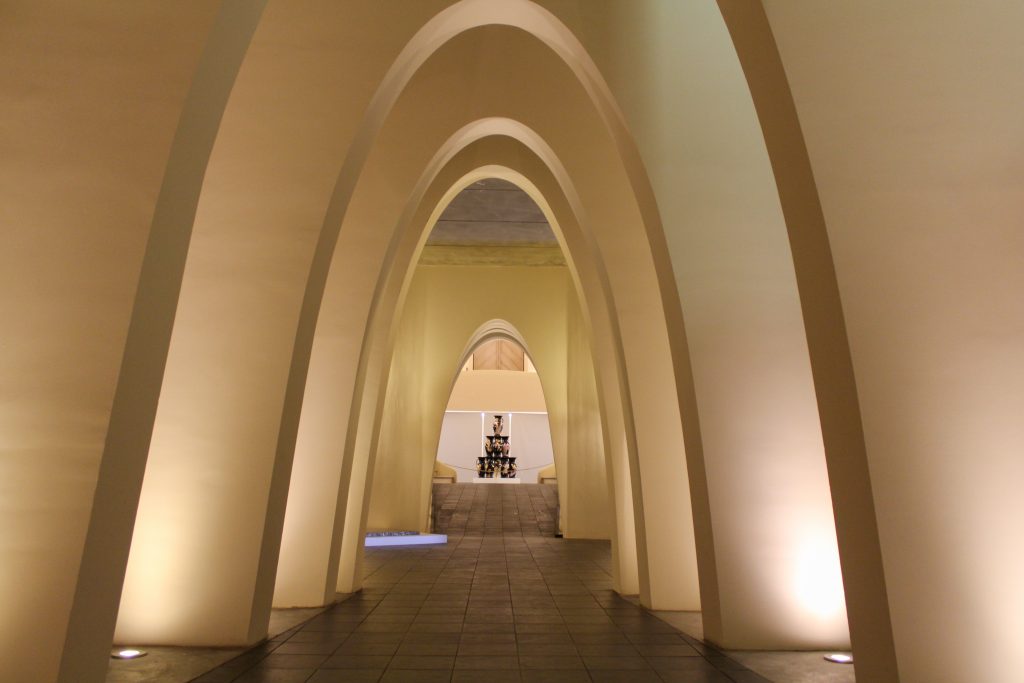
The estate’s cellar, where the barrels live, is stunning. A series of arches (reminiscent of Gaudi’s architecture) leads to a collection of artworks that exists as a mini gallery. This space is the result of Artisti per Frescobaldi, an initiative started in 2013 by Tiziana Frescobaldi. For each edition, three artists are invited for a residency, during which they create work inspired by CastelGiocondo and a label for a limited edition of 333 bottles.
At the top of the CastelGiocondo hill sit buildings of Renaissance origin. One has been transformed into a reception area with seven rooms and is surrounded by terraces, a rose garden and a vegetable garden. Not far is a little church, spa and a restaurant reserved for guests. There, we tasted many wines, with CastelGiocondo Brunello di Montalcino 2016 the standout. This wine feels ancient, thanks to its richness, in which one can recognize the rock, wood, wind, stories and the myths of the Tuscan countryside.
Contact these and other wineries in the region for information about visits.
Images courtesy of respective wineries, hero image courtesy of CastelGiocondo
